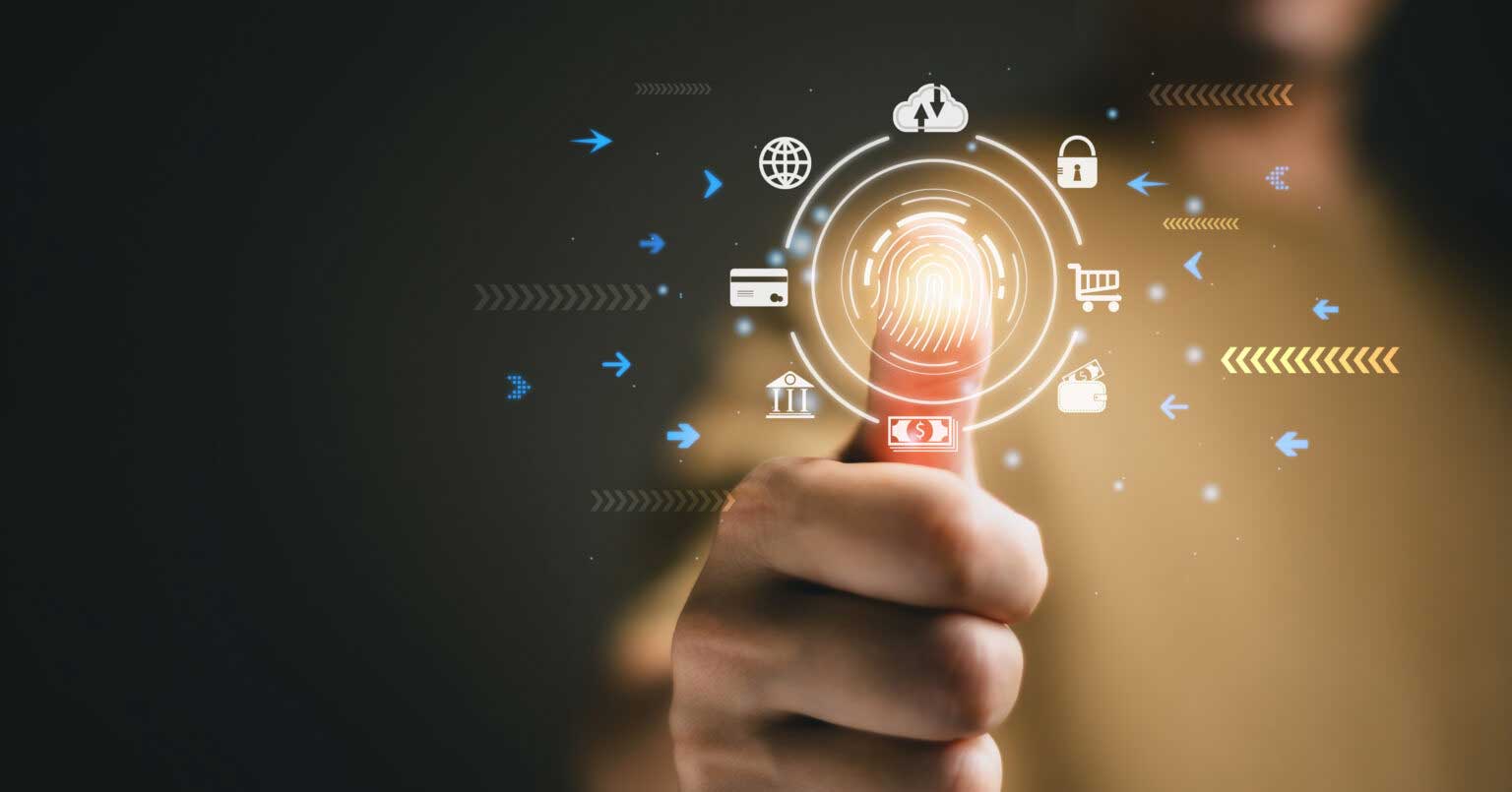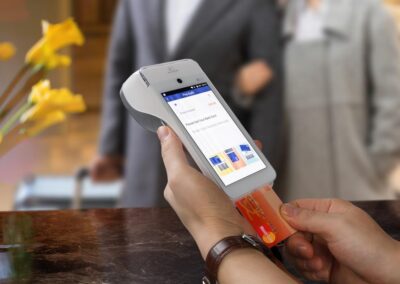In recent years, contactless payment systems, including NFC Chip cards and digital wallets like Apple Pay, have revolutionized the payment landscape, swiftly becoming the preferred transaction method in the restaurant industry. These systems offer unparalleled convenience and speed, allowing customers to make payments with a simple tap of their card or smartphone, significantly reducing transaction times and enhancing the overall dining experience. This shift towards contactless payments has been driven by consumers’ growing preference for quick, secure, and hassle-free payment options, giving establishments that adopt these technologies a significant advantage in customer satisfaction. As these methods continue to gain traction, they reflect consumers’ evolving wants and highlight the critical role of technology in shaping modern payment practices.
In restaurant management, the ability to adapt and embrace new technologies often sets the pace for success. As more customers flock to Tap and Go technology, innovations continue to be made to keep up with the increasing demand for contactless payment. It’s crucial for business owners to keep an eye on these technologies. Let’s dive deeper into the next-generation contactless payment innovations reshaping the landscape beyond the familiar tap-and-go.
A New Frontier in Payment Security
Integrating Biometric Technology into the payment process represents a significant leap toward enhancing security and convenience. Imagine a world where customers can settle their bills with a quick scan of their fingerprint or a smile at a camera. This level of personalization fortifies the transaction process against fraud and streamlines the customer experience, making it quicker and more engaging. Biometric systems can adapt and learn, further tightening security by detecting anomalies over time. However, the journey towards widespread adoption of biometrics in restaurants involves navigating challenges such as the initial setup costs and ensuring universal accessibility. Privacy and data protection concerns also come to the forefront, necessitating robust safeguards to protect customer information. Despite these hurdles, the benefits, including reduced fraud and a faster checkout process, make biometrics an exciting prospect.
Blockchain technology and Cryptocurrencies like Bitcoin could change how restaurants take payments, making things safer and more open. Imagine blockchain as a digital ledger that everyone can see, but no one can modify or delete anything. When someone pays for their meal with digital currency, the transaction is saved forever in a way that’s secure and easy to check. Because these transactions can’t be reversed, restaurants won’t have to deal with refunds or disputes, increasing overall profitability. Cryptocurrencies don’t rely on regular banks or credit card companies, attracting customers wary of traditional payment methods. However, the value of digital currencies fluctuates, which is risky and keeps digital currencies from becoming viable in the mainstream market.
Empowering Customers with Financial Flexibility
The allure of Buy Now-Pay Later (BNPL) services lies in their simplicity and the financial flexibility they offer customers. BNPL companies, such as Affirm and Klarna, offer consumers short-term payment plans for larger purchases. By allowing patrons to enjoy their meals without the immediate burden of payment, high-end restaurants can potentially increase average order values and attract new clientele. Integrating BNPL options requires a partnership with third-party providers, necessitating a share of the revenue. The potential for larger order sizes and an untapped customer base can offset this additional cost. However, BNPL is essentially a short-term loan, and customers may be denied based on credit history, creating the potential for table-side problems.
The rise of Peer-to-Peer (P2P) payment platforms is a testament to the shifting dynamics of social interactions in dining. These platforms, such as Venmo and CashApp, simplify splitting bills among friends and offer a glimpse into the future of restaurant payments, where transactions are as simple as sending a text message. The adoption of P2P payments by restaurants can significantly reduce wait times and enhance the customer experience. By embracing P2P payments, restaurants can cater to a younger, tech-savvy demographic, further broadening their customer base. However, careful integration into the POS system is required, and the additional fees associated with each transaction may not be worth it.
Harnessing Innovation for Future Success
As the restaurant technology sector continues to evolve, keeping up with advancements in payment methods is increasingly important. Innovations ranging from biometrics to cryptocurrencies each bring their own set of advantages and potential hurdles. Integrating these technologies into your restaurant’s framework has the potential to elevate customer satisfaction, streamline payment operations, and establish your venue as a front-runner in embracing sophisticated technology. Nevertheless, it’s critical to adopt these innovations thoughtfully, tailoring your approach to fit the unique demands of your business and its clientele. While not all of these technologies may be available immediately, monitoring their development is key. Selecting the technologies that align with your restaurant’s budget and your customers’ preferences ensures that your establishment stays in step with tech advancements in the culinary experience.






